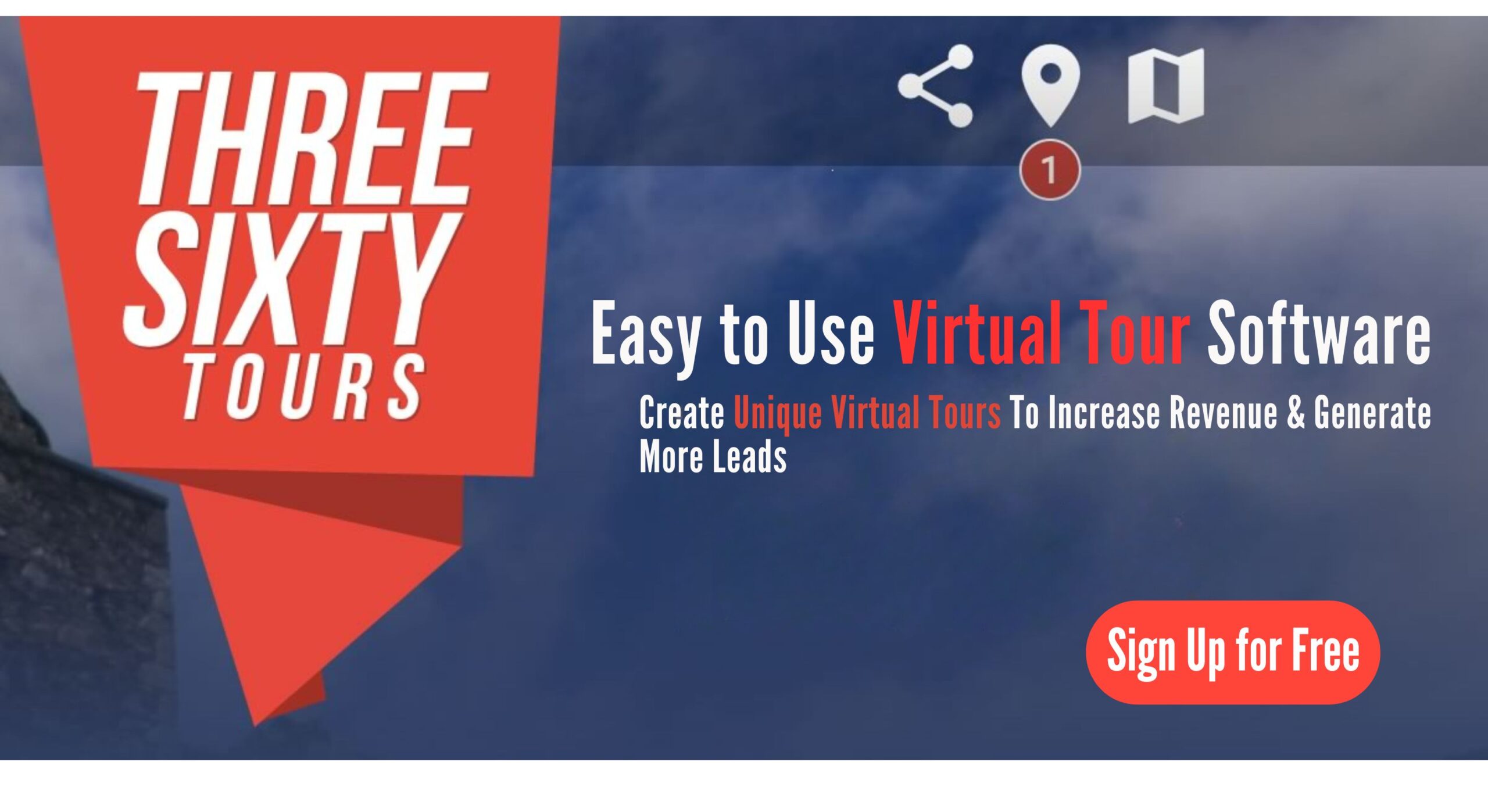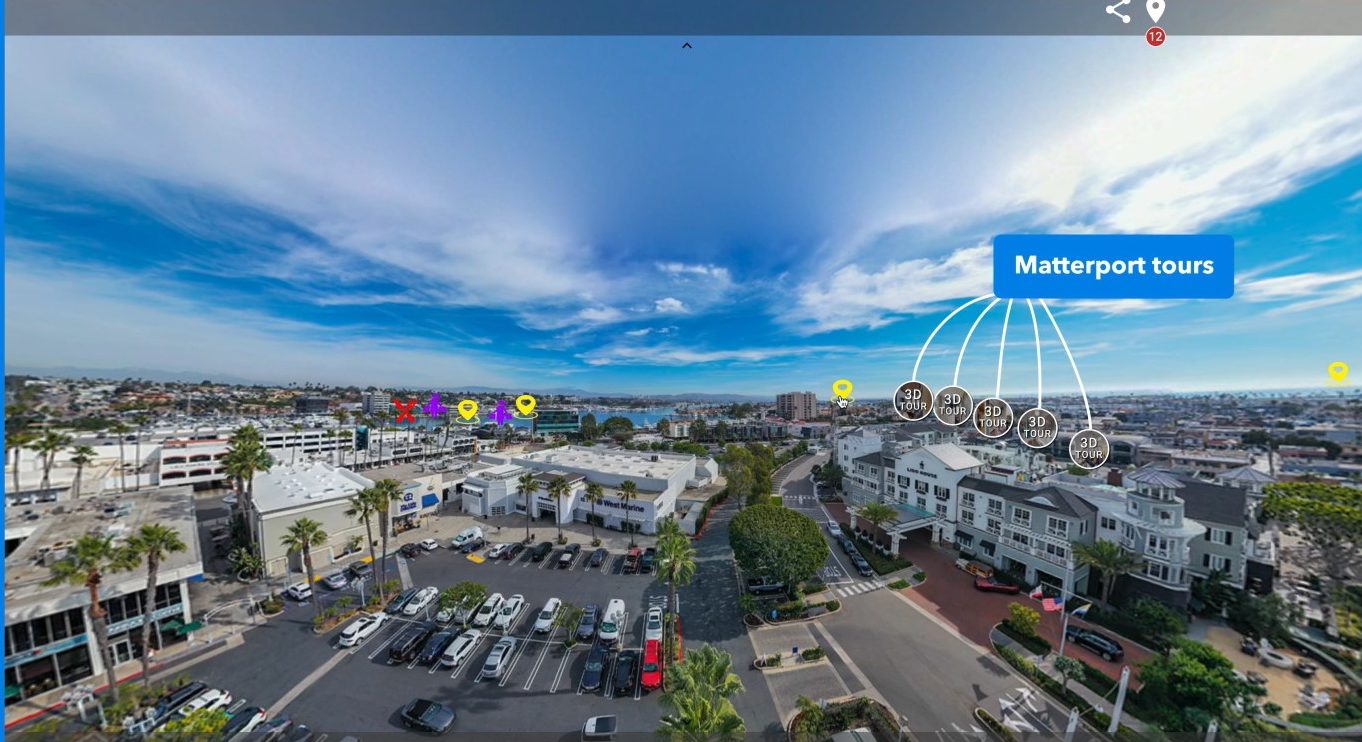real estate camera 360
Real Estate Camera 360: How to Elevate Property Listings with Immersive Virtual Tours
In today’s fast-paced real estate market, standing out isn’t just about having the best listings. It’s about how you present them. With the rise of immersive technology, the real estate camera 360 is transforming how agents and photographers showcase properties. From creating virtual tours to enhancing buyer engagement, 360-degree cameras are the new must-have tool in the industry. In this article, we’ll dive deep into how these cameras work, their benefits, and how you can start using them effectively with platforms like Threesixty.tours.
I. Introduction
Real estate marketing has come a long way. Gone are the days when a handful of photos and a floor plan were enough to sell a home. Today, buyers want more—they want to experience the space before ever stepping inside. That’s where a real estate camera 360 comes in. These cameras capture a full 360-degree view of a room. This allows potential buyers to take a virtual walk-through from their phone, tablet, or laptop. With tools like Threesixty.tours, creating and sharing these immersive experiences is easier than ever.
Virtual tours are no longer just a “nice to have.” They’re becoming the standard, especially for buyers relocating from out of town or shopping remotely. If you’re a real estate agent or photographer, using a 360 camera can give you a serious edge.
II. What Is a 360-Degree Camera and How Does It Work?
A 360-degree camera uses two or more wide-angle lenses. These lenses capture everything around the camera—floor to ceiling, wall to wall. The captured images are stitched together to form a seamless panoramic view. Once processed, viewers can explore the space interactively. They can rotate the view and zoom in on details. It’s like Google Street View for the inside of a home.
This immersive experience gives buyers a real feel for the layout, lighting, and flow of a space—something flat photos just can’t do. Here are some key features to look for:
- High Resolution: Look for at least 4K, but 5.7K or more is ideal for real estate. Crisp images make a big difference in how professional your listing looks.
- Portability: You want something lightweight and easy to set up. Time is money, and you don’t want to fumble with complicated gear.
- Software Compatibility: Make sure your camera works well with platforms like Threesixty.tours, which lets you build and host virtual tours without needing a developer.
Top Camera Picks:
- Ricoh Theta Z1: Excellent image quality and RAW file support.
- Insta360 ONE X2: Great for mobile workflows and social media content.
- GoPro MAX: Ideal for video tours and dynamic shots.
- Matterport Pro2: Premium option with 3D scanning and floor plan integration.
For a full comparison of features, check out this Buyer’s Guide to 360 Cameras from Digital Camera World.
III. Why 360-Degree Cameras Are Game-Changers for Real Estate
1. More Engaging Listings: Static photos are fine, but they don’t tell the whole story. A real estate camera 360 lets you create immersive tours that keep potential buyers engaged longer.
- Instead of clicking through photo slideshows, buyers can explore each room at their own pace.
- They can zoom in, rotate the view, and get a feel for the space.
- This kind of interaction builds trust and excitement.
It also helps weed out casual browsers, leaving you with more serious leads.
2. Better Marketing Reach: Virtual tours are highly shareable. You can:
- Post them on social media.
- Embed them in your website.
- Add them to your MLS listings.
They even show up in Google search results when linked properly. That means more visibility for your listings—and more traffic to your site or Threesixty.tours page. According to a Matterport study, listings with virtual tours get 87% more views than those without.
3. Save Time and Money: Virtual tours can dramatically cut down on in-person showings. Buyers can narrow down their choices from home.
- This means fewer wasted trips for you and your clients.
- It also helps speed up the sales process.
Buyers who’ve already explored a property virtually tend to be more decisive when they visit in person.
IV. Real-World Applications of 360 Cameras in Real Estate
1. Virtual Property Tours: This is the most common use—and arguably the most powerful. A virtual tour lets buyers explore every room, hallway, and corner of a property as if they were there.
- With Threesixty.tours, you can add navigation hotspots, floor plans, and even your branding to create a polished, interactive experience.
2. Remote Property Management: 360 cameras aren’t just for selling homes. They’re also great for documenting rental properties, vacation homes, or investment units.
- Landlords and property managers can use them to:
- Record move-in conditions.
- Conduct remote inspections.
- Show units to prospective tenants.
3. Marketing and Social Media Content: 360 images make for eye-catching content. You can create:
- Teaser videos.
- Instagram reels.
- Facebook posts that stand out in a crowded feed.
Some cameras even let you shoot time-lapses or dynamic walkthroughs. This gives you more content with less effort.
4. Client Transparency: Buyers and sellers appreciate transparency. A virtual tour shows that you’re tech-savvy, professional, and committed to giving clients the best experience possible. It also makes it easier to work with out-of-town clients who can’t visit in person.
V. Common Challenges (And How to Solve Them)
1. Learning Curve: If you’ve never used a 360 camera before, there’s a bit of a learning curve. But most modern cameras are designed to be user-friendly.
- Start with auto settings.
- Watch a few tutorials.
- Practice on empty rooms.
You’ll be surprised how quickly you pick it up.
2. Editing and Stitching: Processing 360 images can be time-consuming, especially if you’re new to it. But platforms like Threesixty.tours simplify this with built-in editing tools and drag-and-drop tour builders. You don’t need to be a tech expert to create something impressive.
3. Privacy Concerns: Always get permission before shooting inside someone’s home. Make sure to blur out personal items, family photos, or anything sensitive. Some cameras and editing software offer automatic face-blurring features to help with this.
4. Cost of Equipment: Yes, some 360 cameras are pricey. But there are plenty of affordable options under $500 that still deliver excellent results. Remember, this is an investment. A well-made virtual tour can help you:
- Close a deal faster.
- Win more listings.
- Boost your reputation.
VI. Final Thoughts: Is a Real Estate Camera 360 Worth It?
Absolutely. A real estate camera 360 is more than just a cool gadget—it’s a powerful marketing tool that helps you stand out in a competitive market. It makes your listings more engaging, your workflow more efficient, and your brand more modern and professional.
With platforms like Threesixty.tours, you don’t need to be a tech wizard to create stunning virtual tours. Everything is built to be simple, intuitive, and effective. As technology continues to evolve, we’re likely to see even more features—AI editing, real-time virtual staging, and seamless integrations with CRMs and MLS platforms.
If you’re serious about growing your business and offering top-tier service, now is the time to invest in a 360-degree camera. Start building immersive experiences that sell.
Ready to Get Started?
Explore how Threesixty.tours can help you create beautiful, interactive virtual tours in minutes. Whether you’re a solo agent, a photographer, or part of a large brokerage, it’s the easiest way to bring your listings to life.


